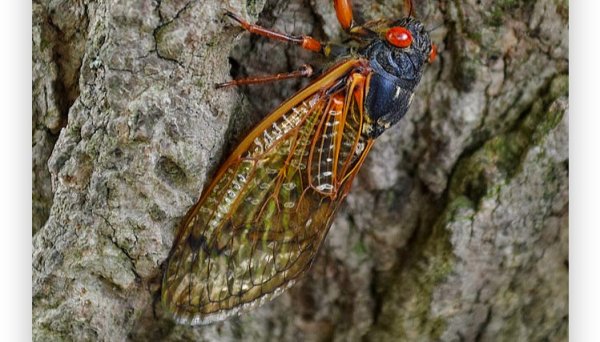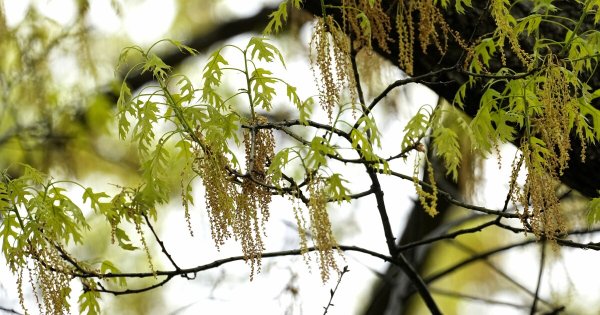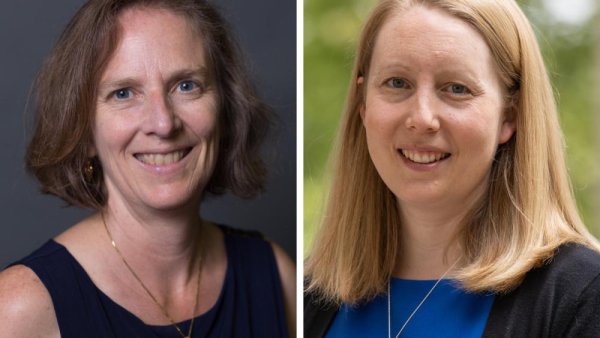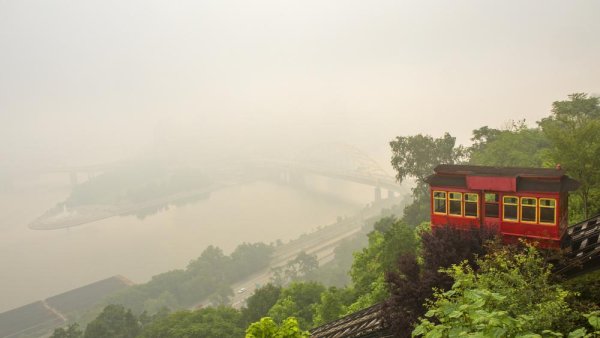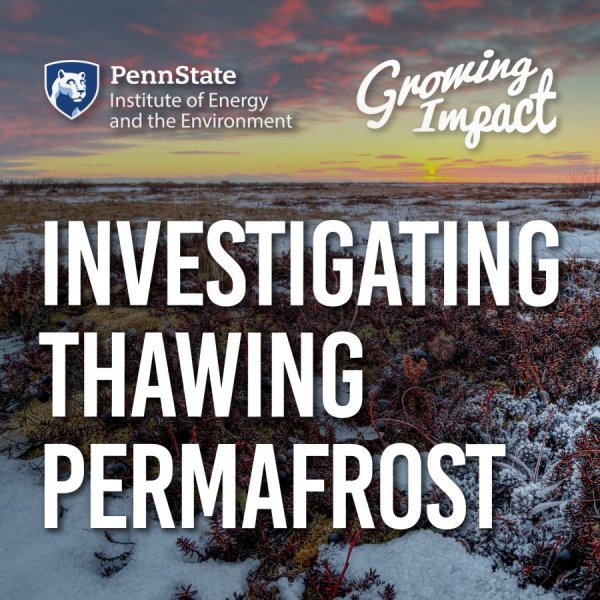Facing a new threat: State's dairy industry braces for avian influenza
| altoonamirror.com
Highly contagious bird flu was detected in dairy herds in Texas and Kansas in March, and has since spread to farms in nine states, according to the U.S. Department of Agriculture. This article quotes Penn State Extension expertise.
Study proposes new mechanism to explain how the first continents formed
| forbes.com
A new study suggests that the exposure of volcanic rocks to wind and rain about 3 billion years ago triggered a series of geological processes forming the cores of today's continents. This article features Penn State research.
Binge drinking is a growing public health crisis − a neurobiologist explains how research on alcohol use disorder has shifted
| theconversation.com
Singer Amy Winehouse died from alcohol toxicity in 2011, the same year that the American Society of Addiction Medicine publicly recognized addiction as a brain disorder.
Penn State research center offers industry practicum on additive manufacturing
| psu.edu
The Penn State Center for Innovative Materials Processing through Direct Digital Deposition (CIMP-3D) is now accepting registrations online for a three-day additive manufacturing practicum aimed at industry members and academics, including Penn State students, postdoctoral scholars and faculty. The workshop will begin on Tuesday, July 30, and run through Thursday, Aug. 1, at the CIMP-3D Additive Manufacturing Demonstration Facility, located in the Guion S. Bluford Jr. Building at Innovation Park.
Research finds increasing temperatures can limit ability of trees to filter air: '[Trees] are essentially coughing instead of breathing'
| thecooldown.com
New research found that in several places, increasingly warmer temperatures are preventing trees from absorbing carbon dioxide. This article features Penn State research.
A cicada apocalypse is coming this summer: Will Pennsylvania be spared the noisy invasion?
| ydr.com
For the first time in more than 200 years, two different broods of cicadas will emerge. This article quotes Michael Skvarla, assistant research professor of arthropod identification.
What are roads made of? A pavement materials engineer explains the science behind the asphalt you drive on
| sfgate.com
While on the road, you’re probably thinking more about your destination than the pavement you’re driving over. This article was originally written for The Conversation by Mansour Solaimanian, research professor of civil and environmental engineering at Penn State.
Antarctica’s Thwaites “Doomsday” glacier
| voanews.com
Thwaites Glacier located in Antarctica, is an unusually broad and vast glacier. Known as The 'Doomsday Glacier', scientist say it is rapidly melting. We look at the danger of global warming's effect on Thwaites Glacier, with the increased melting from the glacier causing sea levels to rise. This broadcast TV segment features an interview with Sridhar Anandakrishnan, professor of geosciences.
'Extreme' pollen counts, climate change fuel Pa. allergy misery
| wesa.fm
As warmer temperatures start earlier and last longer, pollen growth leads to more people suffering from allergy symptoms across Pennsylvania. This article mentions Penn State research.
May 15 webinar to address green infrastructure for healthy communities
| psu.edu
As communities grapple with issues such as stormwater management, flooding, urban heat loads and air quality issues, presenters during a May 15 Penn State Extension land-use webinar will discuss services provided by green infrastructure that can improve the quality of life, resilience, and environmental and human health in communities.
Penn State Climate Consortium adds two associate directors to leadership team
| psu.edu
Two interdisciplinary researchers have been named as associate directors for the Penn State Climate Consortium.
Improved wildfire smoke model identifies areas for public health intervention
| psu.edu
A new model combining wildfire smoke forecasts and ground-based data may help public health officials plan targeted interventions to protect communities vulnerable to unexpected smoke events and air pollution. A team led by Penn State researchers developed the model and published their findings in the Science of Total Environment.





![Research finds increasing temperatures can limit ability of trees to filter air: '[Trees] are essentially coughing instead of breathing'](/sites/default/files/styles/large/public/cover-images/research-finds-increasing-temperatures-can-limit-ability-trees-filter-air-trees-are-essentially.jpg?itok=akRBz2AN)
